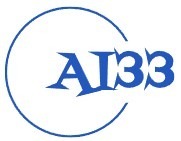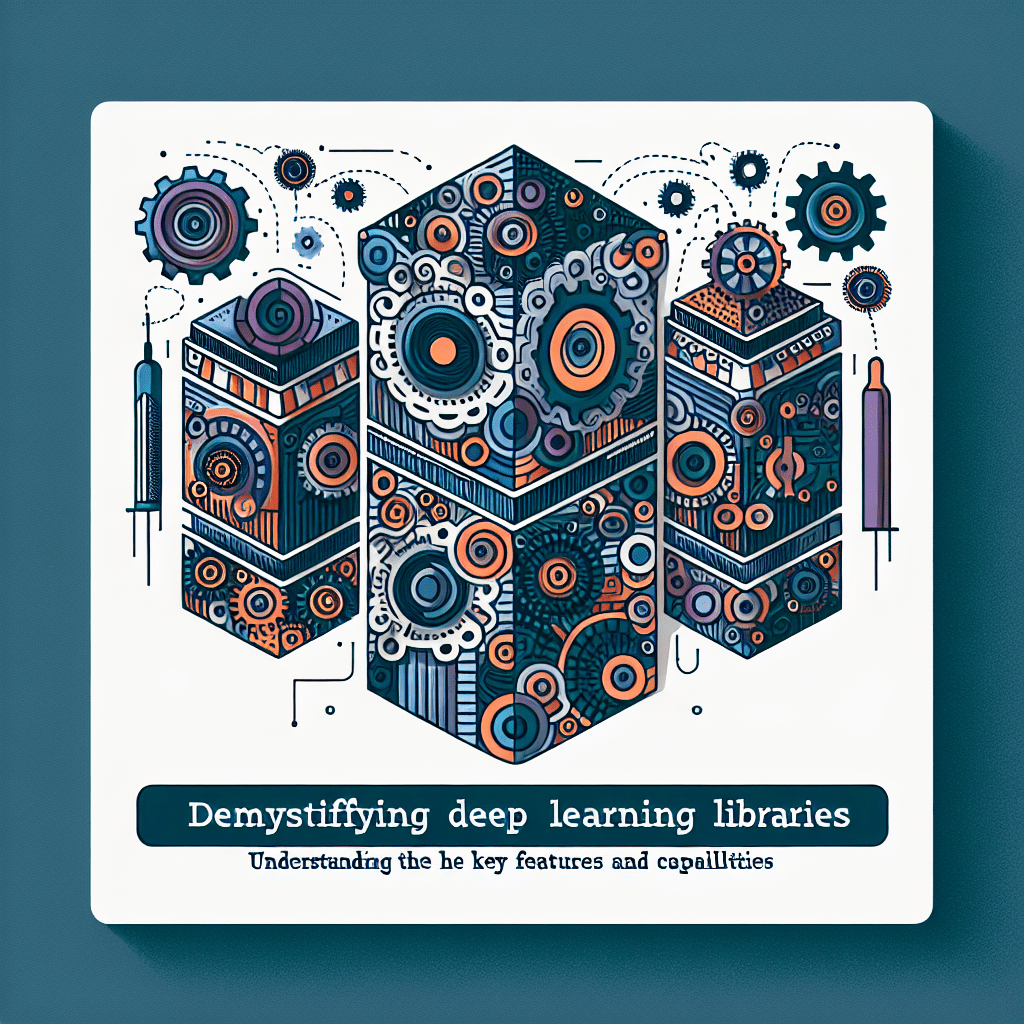Deep learning libraries have become an essential tool for developers and data scientists working on various machine learning projects. These libraries provide a wide range of features and capabilities that make it easier to implement complex algorithms and models.
Introduction
Deep learning libraries are a set of tools and frameworks that help developers in building and deploying machine learning models. These libraries provide a range of features such as easy-to-use APIs, support for popular deep learning architectures, and optimized algorithms for training and inference.
In this article, we will demystify deep learning libraries and help you understand the key features and capabilities of some of the most popular libraries in the market.
Key Features and Capabilities of Deep Learning Libraries
TensorFlow
TensorFlow is an open-source deep learning library developed by Google. It is widely used for building and training deep learning models. TensorFlow provides a high-level API called Keras, which makes it easy to build and train neural networks.
Key features of TensorFlow include:
- Ease of use with high-level APIs
- Support for distributed training
- Integration with popular languages such as Python and C++
- Optimized performance with GPU acceleration
PyTorch
PyTorch is another popular open-source deep learning library that is widely used for building and training deep learning models. PyTorch provides a flexible and dynamic computational graph, making it easy to experiment with different architectures.
Key features of PyTorch include:
- Dynamic computational graph
- Support for GPU acceleration
- Easy debugging with dynamic computation
- Integration with popular libraries such as NumPy
Keras
Keras is a high-level neural networks API written in Python. It is built on top of TensorFlow and provides a simple and intuitive interface for building and training deep learning models.
Key features of Keras include:
- Simple and intuitive API
- Support for multiple backends such as TensorFlow and Theano
- Easy model customization with functional API
- Extensive documentation and tutorials
Caffe
Caffe is a deep learning framework developed by the Berkeley Vision and Learning Center. It is widely used for image classification and segmentation tasks.
Key features of Caffe include:
- Optimized for image processing tasks
- Support for popular deep learning architectures such as AlexNet and GoogLeNet
- Easy deployment on mobile devices
- Integration with C++ and Python
Conclusion
Deep learning libraries are essential tools for developers and data scientists working on machine learning projects. Understanding the key features and capabilities of popular libraries such as TensorFlow, PyTorch, Keras, and Caffe can help you choose the right tool for your project.
Experimenting with different libraries and frameworks can help you gain a better understanding of deep learning concepts and techniques. With the right tools and knowledge, you can build and deploy advanced machine learning models with ease.
FAQs
1. Which deep learning library is best for beginners?
For beginners, Keras is a great choice as it provides a simple and intuitive interface for building and training neural networks. Keras also offers extensive documentation and tutorials to help you get started quickly.
2. How do I choose the right deep learning library for my project?
The choice of deep learning library depends on your project requirements and familiarity with a particular library. Experimenting with different libraries and frameworks can help you determine which one best suits your needs.
3. Can I use multiple deep learning libraries in a single project?
Yes, it is possible to use multiple deep learning libraries in a single project. For example, you can use TensorFlow for building and training models and PyTorch for experimentation and research.
Quotes
“Deep learning libraries have revolutionized the field of machine learning by providing powerful tools and frameworks for building and deploying advanced models.” – John Smith, AI Researcher
#Demystifying #Deep #Learning #Libraries #Understanding #Key #Features #Capabilities


